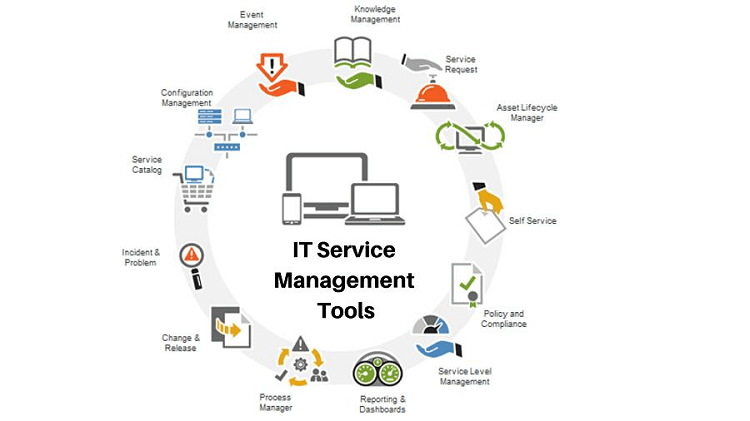To help your organization get started with IT management tools, here are some things that you should remember.
Know your audience and their needs
You might get surprised to know how many areas of your organization will be affected by the capabilities of your IT management tools (or lack thereof). To understand your organization's true requirements, you need to involve your stakeholders. All of them should impart their knowledge to get an idea of the commonly-used features and functions. Do they need help in IT, procurement, finance, human resources, or contract management?
Get a good understanding of how IT management tools can meet the needs of your organization. Start by laying down your desired business outcomes and the issues you need to address.

Know what you're trying to achieve
You must communicate and agree on the core goals of your IT management tools from the onset. This helps you stay on track and focus on the necessary capabilities that you want to include in your software.
When investing in a new IT management tool, it is important to think about how it will ultimately benefit your organization. By identifying opportunities, pain points and compliance requirements, you can reinforce an IT management tool that is tailor fit to your needs.
Collaborate with all the invested parties
When designing your IT management tool capabilities, actively engage with the stakeholders, as they are the ones who will likely be impacted by its introduction. This will guarantee that the design and deployment of the processes are going to be successful. It would be easier to engage with stakeholders from the beginning to gain their trust and to leverage their expertise than to present them with a predestined view of operations after you've finished implementation. The latter case would be challenging, as there may be some resistance to change or required revisions, which has to reflect the needs of stakeholders.
Look for vendors
After you've outlined all your requirements, it's time to start looking for providers. Find vendors that match your needs. Ask recommendations from other managers or research on the web. The more you look, the better chance you'll end up with a match. Gather as many providers as you can to have a wide pool to choose from. When narrowing down your options, consider the functionalities they offer as well as their cost.
Test your new IT management tool before going live
Many vendors offer free trials nowadays. If they do not offer upfront, you can ask your provider for one. At this stage, it is important to copy the real processes as much as possible. You should invite all your team members so they can give their feedback about the product.
It will be helpful to ask them for accurate evaluation, so you can determine if the provider matches your requirements. Don't forget to check data security. This is important especially if you're working with external clients. After all, data breaches could result in a loss of trust among stakeholders and clients.
Go on with the trial long enough to see if it really suits your company. Ensure that you're not adopting the tool for the sake of it - it has to be workable for the whole organization and they should deliver the expected outcomes.
Designate a leader who will monitor the processes
If you want the deployment of your IT management tools to succeed, then assign a leader who can oversee the management, operations, and continued improvement of the new processes. Without this, your capabilities might degrade over time and there will be little room for improvement.
Schedule and conduct regular capability reviews
Just like any IT service management (ITSM) or IT management capability, change is inevitable. Make sure to do a periodic review to ensure that your practices live up to expectations. They should be able to deliver against the IT and business objectives. This is imperative if you want your IT management maturity to improve.
Not sure how to effectively track and manage your IT? ITarian can provide you a powerful IT management tool that can do in-depth and real-time monitoring. Contact us today!